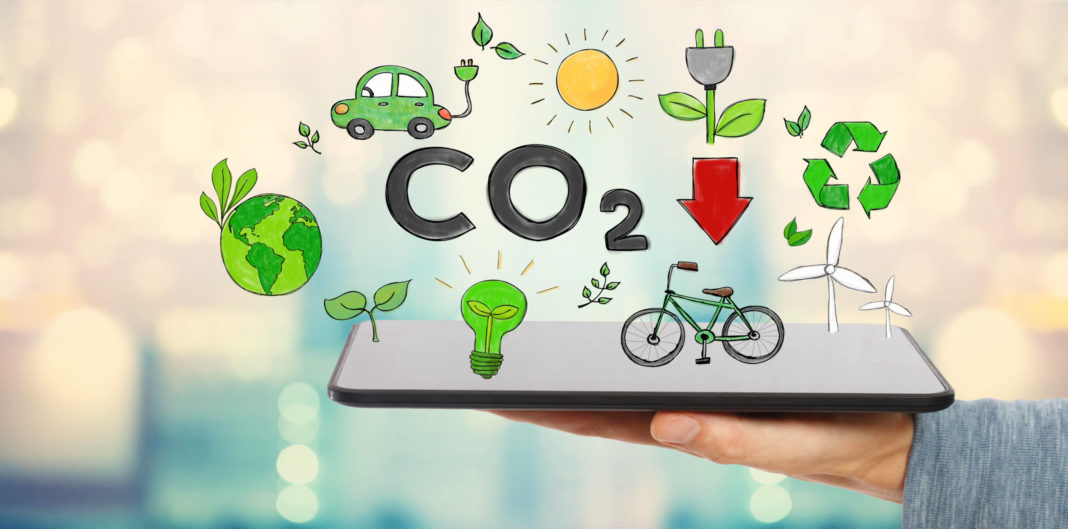Owning a car is a convenience, but it also comes with a responsibility to care for the environment. Proper car maintenance not only ensures that your vehicle runs efficiently but also helps reduce its carbon footprint. Here’s a guide to maintaining your car while being eco-conscious.
1. Keep Your Engine in Top Shape
Regular engine maintenance is crucial for reducing emissions. Schedule routine check-ups to ensure your engine is running efficiently. Replacing spark plugs, cleaning the air filter, and checking the oxygen sensor can improve fuel efficiency and decrease pollution.
2. Monitor Tire Pressure
Underinflated tires can increase fuel consumption and wear out faster. Check your tire pressure regularly and inflate them to the manufacturer’s recommended level. Properly inflated tires reduce rolling resistance, which leads to lower fuel use and fewer greenhouse gas emissions.
3. Use Eco-Friendly Motor Oil
Switching to synthetic or eco-friendly motor oils can improve engine efficiency and reduce emissions. Look for oils that meet environmental standards and ensure you dispose of old oil responsibly at recycling centers.
4. Drive Smoothly
Adopt a fuel-efficient driving style. Avoid sudden accelerations, hard braking, and excessive idling. Using cruise control on highways and maintaining a steady speed can significantly improve fuel economy and reduce your car’s environmental impact.
5. Lighten the Load
Carrying unnecessary weight in your vehicle increases fuel consumption. Remove heavy items from your trunk and roof rack when they’re not needed. A lighter car requires less energy to move, leading to reduced emissions.
6. Choose the Right Fuel
Opt for high-quality fuel with lower carbon content if available. Ethanol blends or other alternative fuels can help reduce your vehicle’s carbon footprint. Always check your car’s compatibility with these fuels.
7. Maintain Your Air Conditioning System
A faulty air conditioning system can lead to the release of harmful refrigerants. Have your system inspected regularly and repaired if needed. Consider using the air conditioning sparingly to conserve energy.
8. Switch to Low-Rolling-Resistance Tires
Low-rolling-resistance tires are designed to improve fuel efficiency by minimizing energy loss as the tires roll. Though slightly more expensive, they can save fuel and reduce emissions in the long run.
9. Reduce Short Trips
Cold engines emit more pollutants, so combine errands to minimize short trips. Walking, biking, or using public transportation for short distances can also make a significant difference in reducing your carbon footprint.
10. Consider Eco-Friendly Upgrades
If your car is older, consider upgrades like a more efficient catalytic converter or installing solar-powered accessories. For a long-term solution, think about switching to a hybrid or electric vehicle when it’s time for an upgrade.
11. Recycle and Dispose Responsibly
Recycle car parts and dispose of hazardous materials like batteries, oil, and tires at designated recycling facilities. Proper disposal prevents harmful substances from polluting the environment.
12. Keep Records and Plan Ahead
Maintain detailed records of your car’s maintenance schedule. Regular servicing ensures your car operates at peak efficiency, reducing its environmental impact. Planning your routes and avoiding high-traffic areas can also save fuel.
By following these tips, you can ensure your car stays in great condition while minimizing its impact on the planet. Small changes in your car maintenance routine can lead to significant benefits for both your wallet and the environment.

